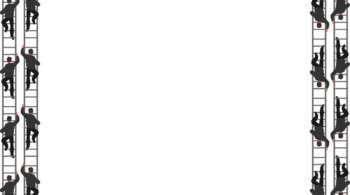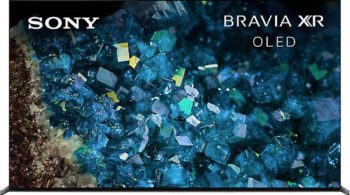After years of research, Microsoft’s first underwater data center has just been built off Scotland. This risky bet could be as profitable for the company as for the environment, thanks to the energy savings generated by this method.
The data center, consisting of 12 trays of 864 servers, is enclosed in a capsule of a size close to that of a container. These 10,368 servers already manage Scottish web traffic, thanks to a submarine cable connecting the capsule to the Internet and the power grid.
This experiment, dubbed Project Natick, has the potential to solve several problems inherent to data centers installed on the mainland. These are sometimes far from the users, complicated to protect, difficult to cool and particularly greedy in energy.
The test capsule deployed in Scotland by Microsoft would consume only 0.25 megawatts of power at full capacity. By comparison, the AM3 data center at Equinix in Amsterdam consumes 14 megawatts for 80,000 servers, the equivalent of the energy consumed annually by 20,000 to 50,000 homes, reported Le Monde in 2013 ( New window) .
This energy saving is largely due to the fact that the Microsoft capsule is naturally cooled by the water from the depths, and as there is no one on board, it contains neither lighting nor superfluous equipment.
In addition, all the energy consumed by this experiment comes from renewable sources, such as solar, wind and tidal waves generated on the Scottish coast.
Soon a global standard?
This first capsule will allow the Microsoft team to collect data on energy consumption, humidity, noise level and data center temperature.
The company believes that this experience could end up becoming a standard around the globe if it is successful, since a large part of the world’s population lives near the coast.
Small local submarine data centers could also meet growing cloud computing needs and sustained demand for fast and stable Internet connections.
For more images of Project Natick, watch the video below.
Dean Prust was a reporter for Nebula Electronics, before becoming the lead editor. Dominic has over fifty bylines and has reported on countless stories concerning all things related to technology. Dean studied at Caltech.






